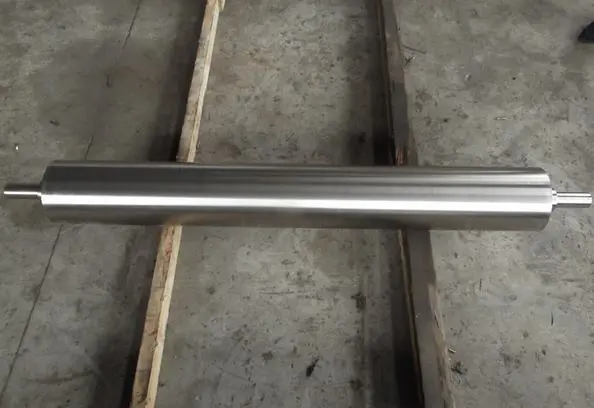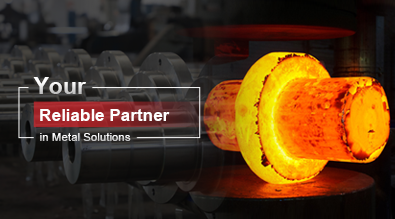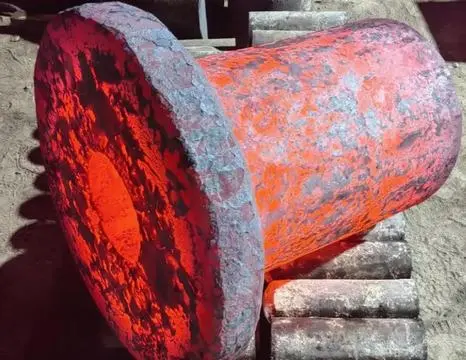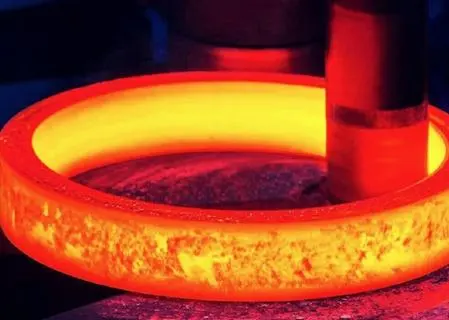Material Composition and Engineering Precision
Advanced Alloy Selection
The foundation of an exceptional stabilizer roll lies in its material composition. High-performance alloys, such as 316L stainless steel, offer superior corrosion resistance and mechanical properties. These materials ensure the roll can withstand harsh operating conditions, including exposure to chemicals, high temperatures, and abrasive substances. The selection of the right alloy is crucial for extending the service life of the roll and maintaining consistent performance over time.
Precision Manufacturing Techniques
Engineering precision is paramount in the production of stabilizer rolls. State-of-the-art manufacturing processes, including computer-controlled machining and advanced heat treatment techniques, are employed to achieve tight tolerances and superior dimensional accuracy. This precision ensures that the roll maintains perfect balance during operation, minimizing vibrations and enhancing overall system stability.
Customized Surface Treatments
To further enhance the durability and functionality of stabilizer rolls, customized surface treatments are often applied. These treatments can include nitriding, chrome plating, or the application of ceramic coatings. Such surface modifications improve wear resistance, reduce friction, and can provide additional benefits such as improved release properties or enhanced thermal conductivity, depending on the specific application requirements.
Dimensional Accuracy and Thermal Stability
Precise Dimensional Control
The dimensional accuracy of a stabilizer roll is critical for ensuring proper alignment and consistent performance in industrial processes. High-quality rolls are manufactured with extremely tight tolerances, often measured in microns. This level of precision is essential for maintaining uniform pressure distribution and preventing issues such as uneven wear or product defects in applications like paper production or metal forming.
Thermal Management Features
Thermal stability is another crucial aspect of stabilizer roll design. Many industrial processes involve significant temperature fluctuations, which can lead to thermal expansion and contraction of the roll. Advanced stabilizer rolls incorporate features to manage these thermal effects, such as internal cooling channels or specialized materials with low thermal expansion coefficients. These features help maintain dimensional stability and prevent distortion, even under varying temperature conditions.
Dynamic Balancing Capabilities
To ensure smooth operation at high speeds, premium stabilizer rolls undergo rigorous dynamic balancing procedures. This process involves fine-tuning the roll's mass distribution to eliminate vibrations and ensure uniform rotation. Well-balanced rolls contribute to improved product quality, reduced energy consumption, and extended equipment lifespan by minimizing stress on bearings and other system components.
Load-Bearing Capacity and Performance Optimization
Enhanced Load Distribution
The load-bearing capacity of a stabilizer roll is a critical factor in its overall performance. High-quality rolls are designed with optimized internal structures and reinforced core materials to distribute loads evenly across their surface. This enhanced load distribution prevents localized stress concentrations, reducing the risk of premature wear or deformation. When selecting a stabilizer roll, consider its rated load capacity and ensure it aligns with your specific application requirements.
Adaptability to Process Variations
Modern stabilizer rolls often feature adaptive designs that can accommodate variations in process conditions. This adaptability may include adjustable crown profiles, variable nip pressure systems, or interchangeable surface sleeves. Such flexibility allows the roll to maintain optimal performance across a range of operating parameters, enhancing its versatility and value in diverse industrial applications.
Integrated Monitoring Systems
To maximize performance and facilitate proactive maintenance, advanced stabilizer rolls may incorporate integrated monitoring systems. These can include embedded sensors for real-time tracking of temperature, vibration, and pressure distribution. By providing continuous feedback on roll performance, these systems enable operators to optimize process parameters and schedule maintenance activities based on actual wear patterns rather than fixed intervals, ultimately improving efficiency and reducing downtime.
In conclusion, when selecting a stabilizer roll for your industrial application, it's crucial to consider these unique features that contribute to its performance, durability, and overall value. By focusing on advanced material composition, precision engineering, dimensional accuracy, thermal stability, and optimized load-bearing capacity, you can ensure that your chosen stabilizer roll will meet the demanding requirements of modern industrial processes. For expert guidance on selecting the ideal stabilizer roll for your specific needs, don't hesitate to reach out to our team of specialists at info@welongpost.com. Our experienced professionals are ready to assist you in finding the perfect solution to enhance your manufacturing processes and drive operational excellence.
References
- Stabilizer Rolls & Deflector Rolls: Unraveling Their Role in Industrial Processes. (2023, October 30). Alok Alloys.
- Enhancing Load Capacity and Reliability with Spherical Roller Bearings. (2024, November 7). CHG Bearing.
- Active Roll Stabilizer Suspension System Relies on Molykote Smart Lubrication Solution. (2024, March 26). DGE Europe.
- Roll Forming Process: A Complete Guide to Metal Forming. (2024, December 19). Scottsdale Steel Frames.
- Guide To Choosing The Best Stabilizer Bars. (2025, January 28). Wanderlust Journey.
- Introduction and Features of Furnace Roll - EB Castworld. (2024, December 9). EB Castworld.




